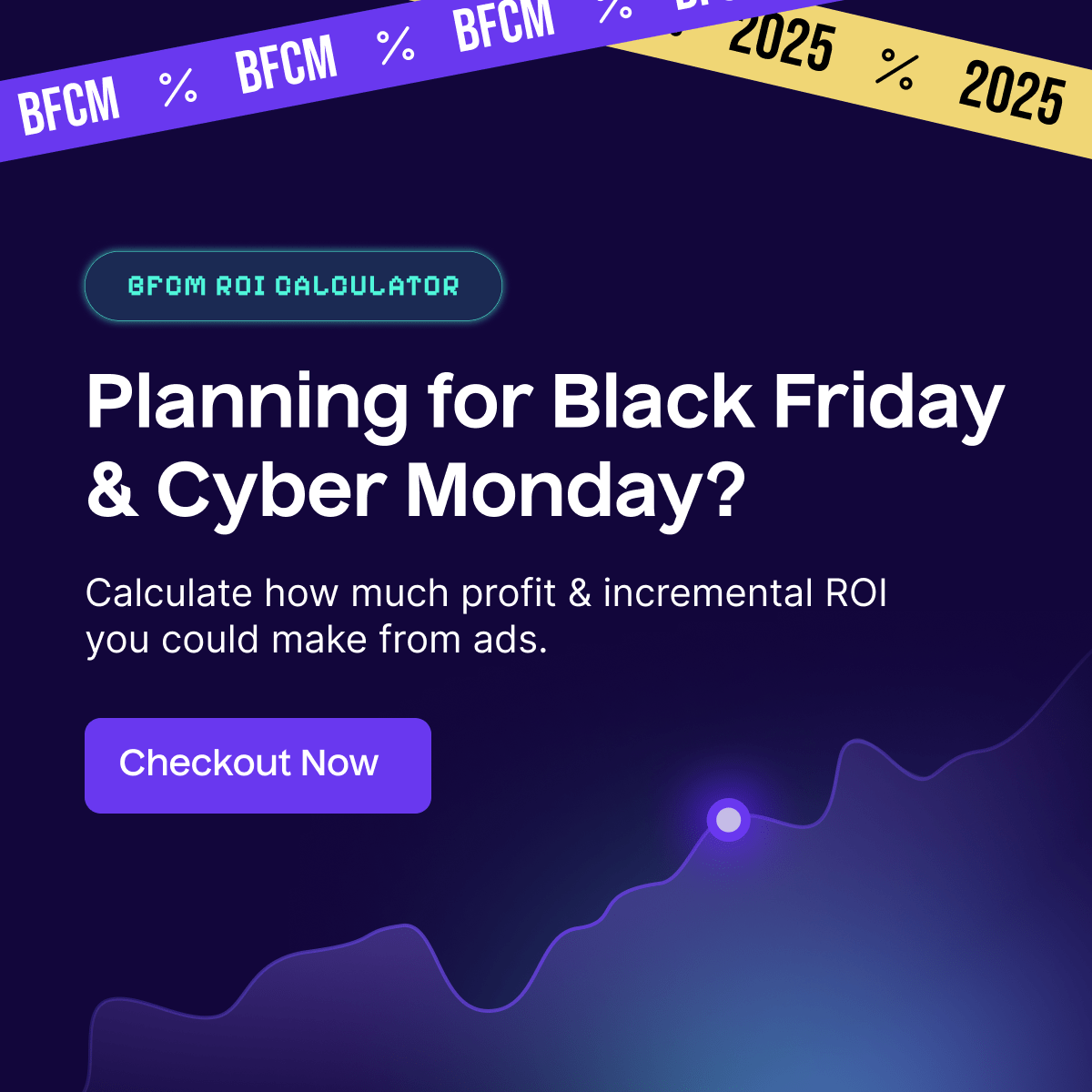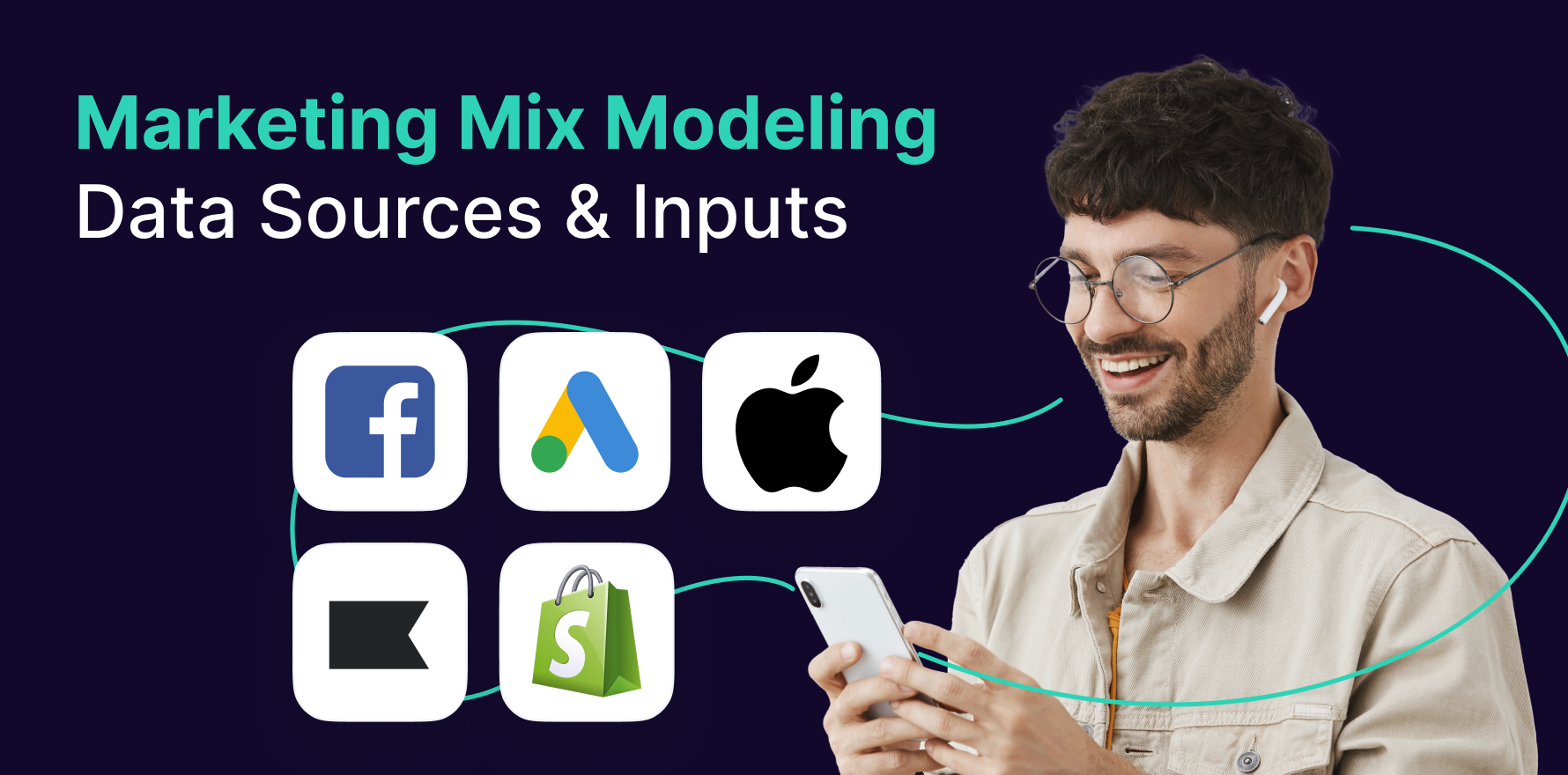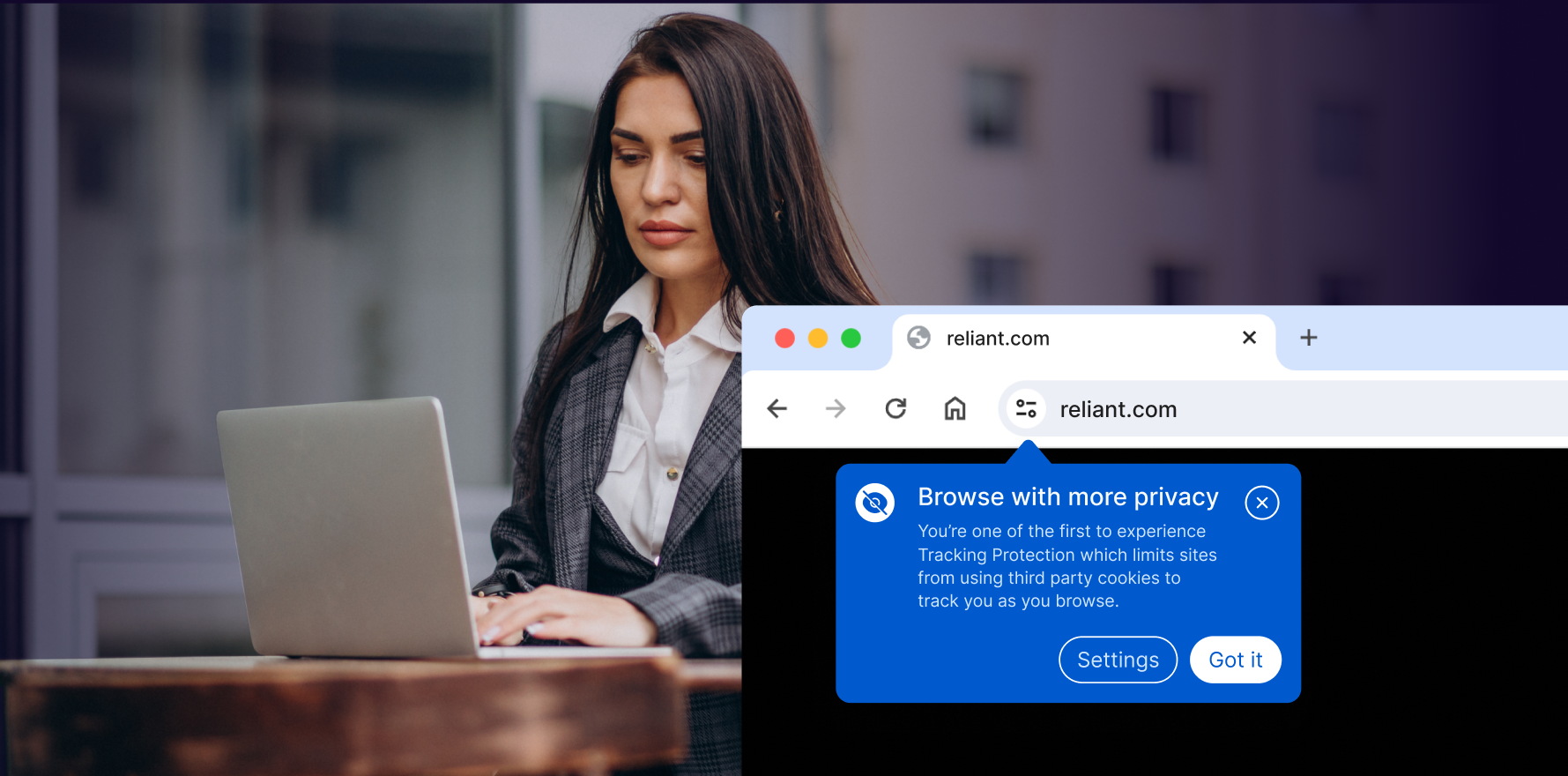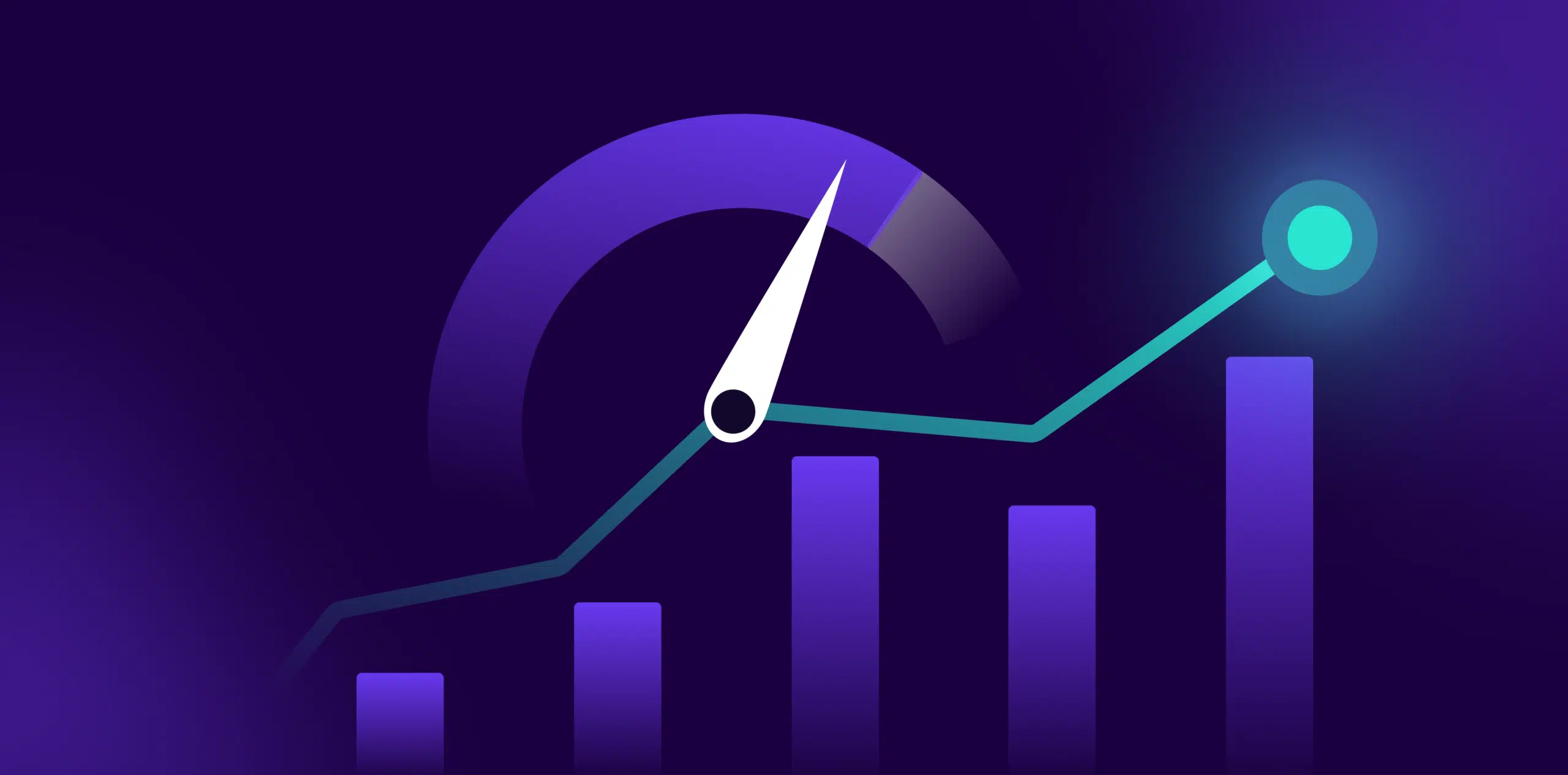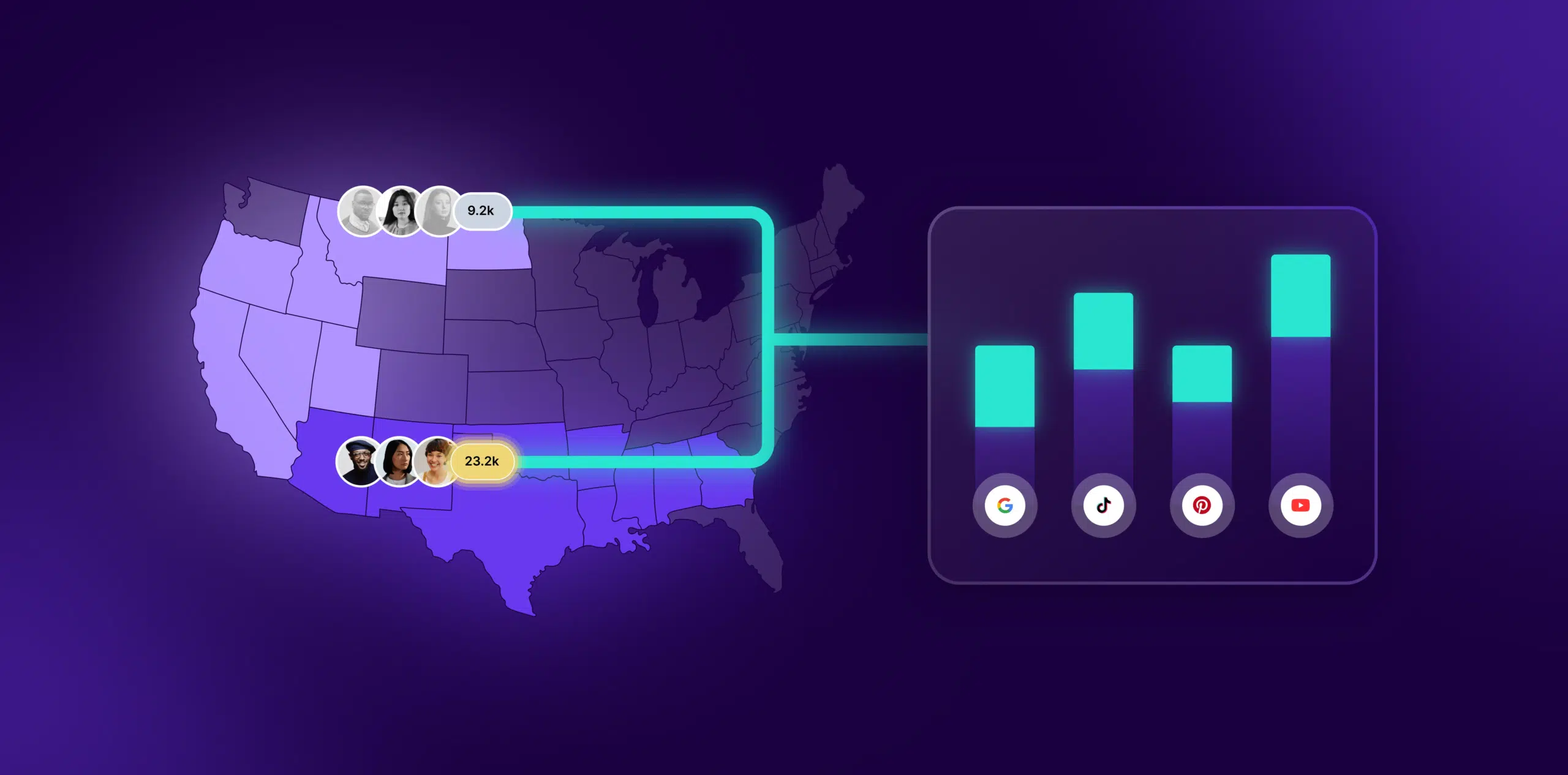What is Cost per Session?
Cost per Session (CPS) is a key ecommerce metric that estimates the average cost an ecommerce business incurs for each user visit or session on its website. The metric essentially evaluates the efficiency of ecommerce spending by explicitly associating costs with user behavior on the website. It accounts for all costs, direct and indirect, associated with driving traffic to the website, including advertising, SEO, content marketing, and social media marketing, among others.
Formula
Cost per Session = Total costs / Number of sessions
Example
For instance, if an ecommerce site were to spend $1000 on marketing in a month and produce 500 sessions in the same period, then the Cost per Session is $1000 / 500 = $2.
Why is CPS important?
The Cost per Session is essential because it helps ecommerce enterprises understand how much they’re spending to generate site traffic and whether those costs are being translated into conversions and sales. It’s a comprehensive measure of the effectiveness of your marketing initiatives and offers insights into user engagement and expenditure effectiveness.
Which factors impact CPS?
CPS is influenced by the marketing campaign’s effectiveness, SEO ranking of the ecommerce website, website’s user experience, quality of products or services offered, and market competition.
How can CPS be improved?
To lower CPS, ecommerce businesses could optimize their Search Engine Optimization (SEO) efforts, invest more in organic social media campaigns, or improve their site’s user experience to encourage longer sessions. Data analytics and A/B testing can also assist in identifying areas for improvement.
What is CPS’s relationship with other metrics?
Cost per Session is directly tied to other essential ecommerce metrics. It impacts Cost per Acquisition (CPA) as higher CPS can lead to a higher CPA. CPS also affects the overall Return on Investment (ROI) of marketing efforts. Moreover, it has an inverse relationship with conversion rates – lower CPS typically leads to higher conversion rates and vice versa.
Free essential resources for success
Discover more from Lifesight
